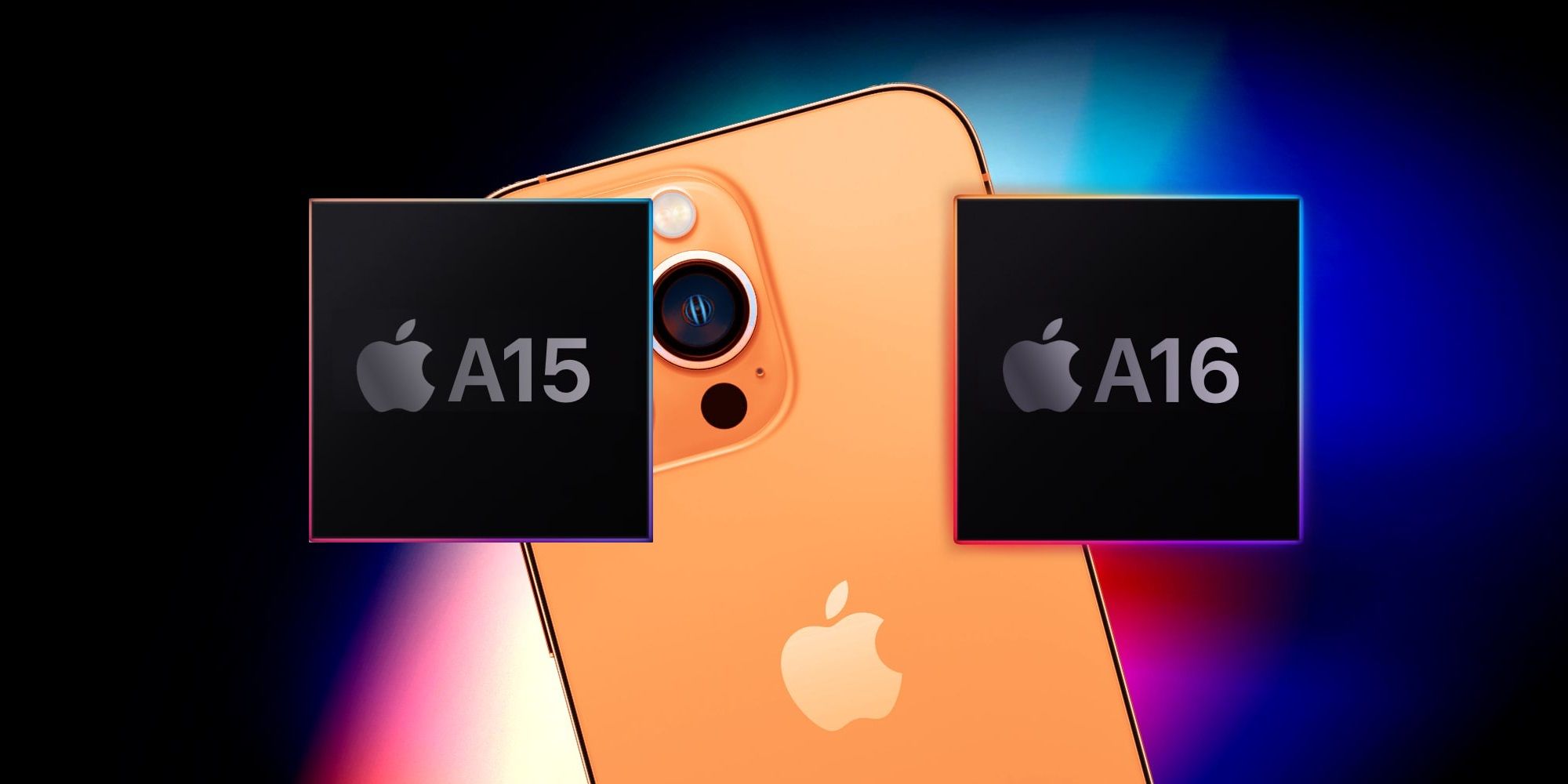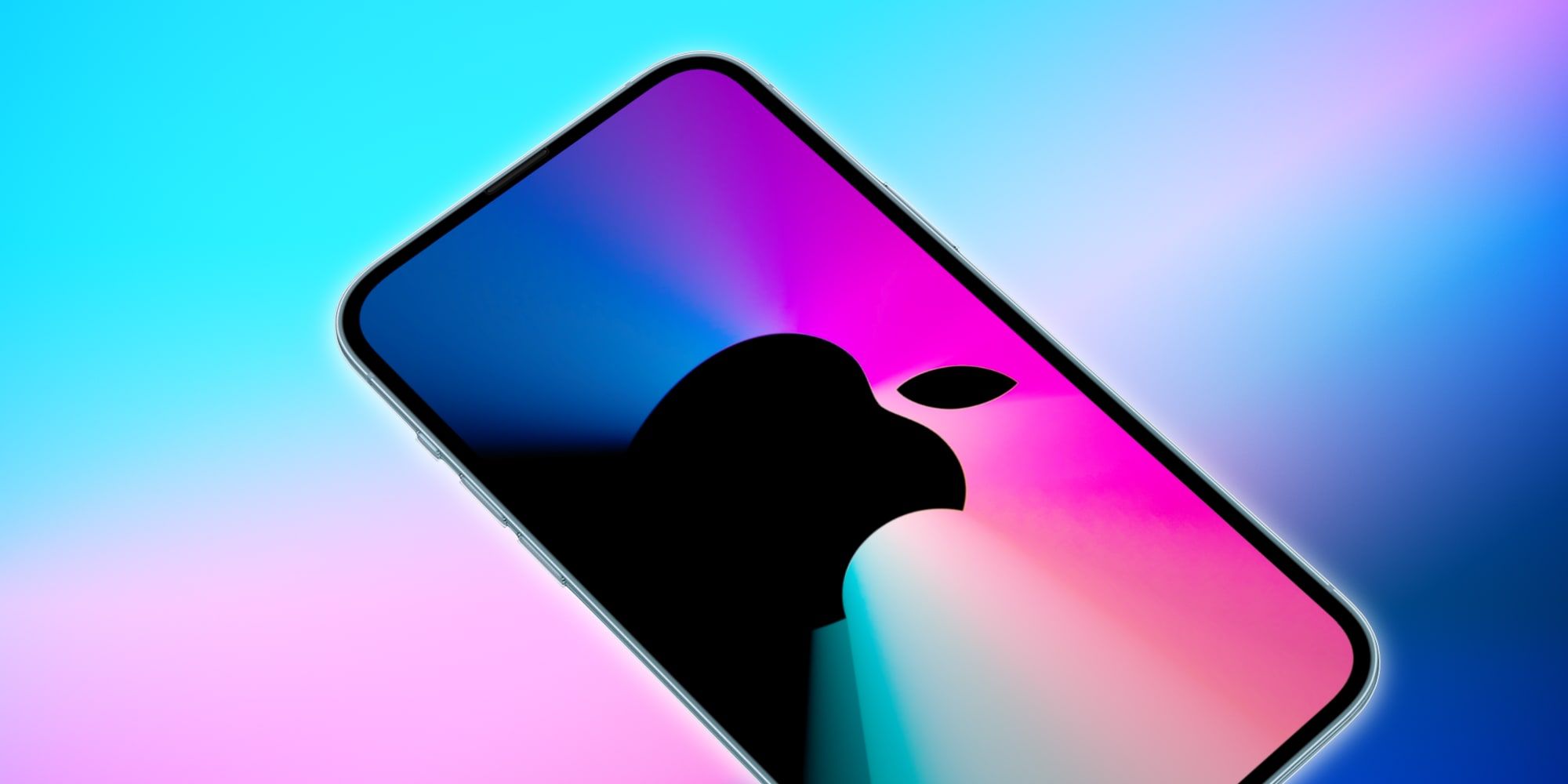The iPhone series generally upgrades every year with a new chipset, but the iPhone 14 and iPhone 14 Max might retain the same one as their predecessor. There is not much to differentiate between the regular and Pro models of the iPhone in terms of performance, as the chipset remains the same across the lineup. However, Pro models are equipped with a larger ProMotion Display, a telephoto lens, and a LiDAR scanner, unlike the regular and mini variants of the iPhone.
Similar to last year, it is expected that there will be a total of four new iPhones in 2022. However, the 'mini' model is unlikely to make an appearance. Instead, the Pro models will consist of the 6.1-inch iPhone 14 Pro and the 6.7-inch Pro Max, while the non-Pro lineup will consist of a 6.1-inch regular iPhone 14 and a 6.7-inch iPhone 14 Max. Another expected change is in terms of the design, as the camera bump might be eliminated and the lenses flush with the back panel.
In addition, Apple might only offer a new chipset in the Pro and Pro Max this year. According to Apple analyst, Ming-Chi Kuo, the Pro models will be upgraded to the A16 Bionic chipset as expected. However, the iPhone 14 and 14 Max will be powered by the A15 Bionic, the same chipset that's in the iPhone 13 series. If correct, then it will be the first time that Apple will differentiate between its same-series models based on the processor. The A16 chip is expected to be based on a 4-nanometer TSMC process and, like every other chip, it will result in a boost to performance and power efficiency. Kuo also added that all four models will get 6GB of RAM. While the regular iPhone will use LPDDR4X, the higher-end models are said to be equipped with the latest LPDDR5, bringing an up to 1.5x faster experience that's up to 30-percent more efficient.
Other Rumored iPhone 14 Changes
Along with the upgraded chip, it is also expected that Apple will also use the Snapdragon X65 modem to improve network speed. Since 2017, iPhones have had a notch but this may change this year, and the higher-end models may end up with a punch-hole and pill-shaped combination design to house the FaceID and front camera. This year, Apple could also introduce a 48MP primary sensor on the iPhone 14 Pro, which will capture 12MP images by default with pixel-binning technology. The larger sensor may also help in shooting 8K videos.
When the iPhone 12 and 12 Pro models launched, the specs differences was minimal considering the price gap. With the iPhone 13 Pro, Apple attempted to differentiate by adding a 120Hz refresh rate. Going forward, the chip difference could further help to justify the price difference between the Pro and non-Pro models. The use of older chips might also help to keep the price of the cheaper models low, creating even more of price gap. The launch of the iPhone 14 series is expected in the first or second week of September this year, and looks likely to be an interesting event.
Source: Ming-Chi Kuo/Twitter


